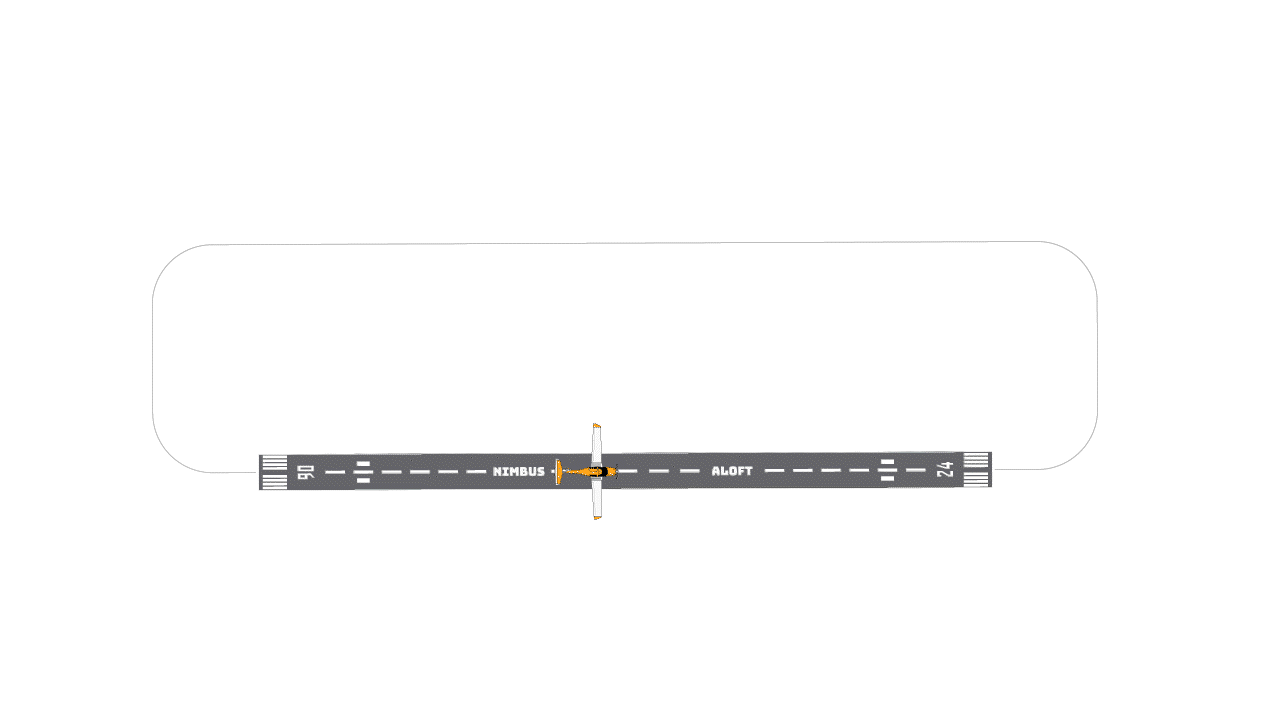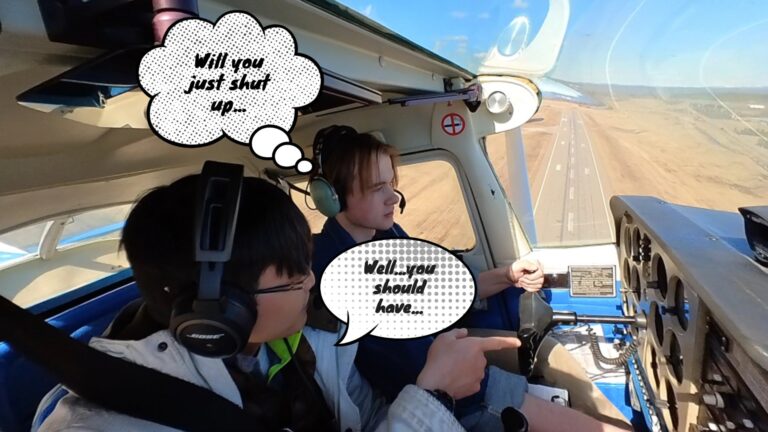
Recently most of my flights are circuits (or pattern, for my fellow US readers). A circuit lesson is basically a take off and landing practice. It brings together, in one exercise, what students have learnt so far. Let me describe to you how to do a perfect circuit.
How To Do A Circuit?
Imagine taxiing onto the runway. Nose pointing straight down the centerline of a long runway. Adding power gingerly but with confidence to full allow the airplane to accelerate down the runway. When the optimal speed is achieved, you know there is no turning back now. The airplane wants to fly. You want to fly. (Well, not true. We can abort since the runway is long but just for the sake of this imaginative scenario, there is no turning back).
You lift off the runway and start to climb (Ex. 7)*, at about 500 feet above ground, you do a climbing turn (Ex. 7 + 9)* to the crosswind leg. Once at the circuit altitude, you level off and turn onto the downwind leg. On the downwind leg, you maintain straight and level (Ex. 6)*. Making sure you are flying parallel to the runway and at a comfortable distance. Once we are nicely set up, you will do your pre-landing checks and radio call to Air Traffic Controller (ATC). Hoping there are no other aircraft in the vicinity disrupting your flawless circuit so far (Sometimes it is annoying to give way to a bunch of aircrafts).
Once your touch down point is about 45 deg behind you, you reduce power, slow down and turn onto the base leg. Only on base leg you start your descent (Ex. 8)* for landing. After looking out at the final approach path to see it is clear of traffic, you turn onto final and fly towards your aim point. Changing power and pitch whenever necessary to maintain the perfect glide. When you arrive at your aim point at the precise altitude, you level off and the airplane will enter slow flight (Ex.11)* while you transit your eyes from the aiming point to the far end of the runway. As the airplane sinks, apply a little back pressure for the flare for a gentle touch down.
You have just completed a circuit.
All the while using attitudes and movements (Ex. 5)* subconsciously to control the airplane safely. If, for whatever reason, the airplane stalls (Ex. 12)*, spin (Ex. 13)* or spiral (Ex. 14)*, you have already been trained on how to recover. In the situation when you are too high or there is a crosswind, slips (Ex. 15)* is a very handy tool you can use to deal with the situation.
*Exercise number in the Transport Canada Flight Training Manual
Circuits Are Exciting But Can Sometimes Be Mundane For Me
Within an hour of flight, depending on other traffic, I am looking at an average of 8 touch and gos (or takeoffs and landings). My students are always excited about circuits. They know they are not far away from their first solo. I do share the same excitement with them. But constantly going round and round the runway, I could only generate so much excitement for myself, especially having three flights in a row on the same day doing circuits. Nonetheless, I have to show the same level of excitement and teaching quality for every student even though I am dying inside😵. There was one day, it was the last flight of the day and we were doing circuits. After an hour, I asked my student:
Me: “So, how many more touch and gos do you want to do?”
Student: “How long have we flown?”
Me: “About an hour. There are no more flights for me and the airplane after this. You can fly as long as you want.”
Student: “Let’s do a couple more.”
That flight ended after 1.7 hours in the circuit 😣. It was an unusually long flight for circuits but I can see my student enjoying it plus he is improving after every circuit despite it being his first circuit lesson.
More To Come
Though my time as a flight instructor isn’t long, some of the stunts my students pull during circuits are really an eye opener and made me think “I didn’t know that was even possible. I guess I learned something new today!”
There are a couple of interesting stories I would like to share in a future blog. Stay tuned!
Be sure to check out my other blog post here and follow me on Facebook and/or Instagram! Feel free to leave you thoughts in the comment section below.



